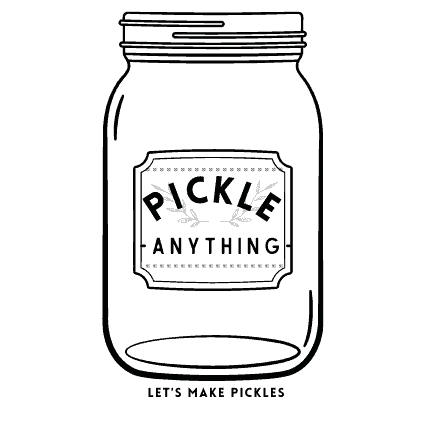Pickled Beets Hot Water Bath: The Ultimate Guide to Perfectly Preserved Deliciousness
Introduction
Pickled beets are a beloved preserved food item that adds a burst of flavor and color to various dishes. In this blog post, we will explore the hot water bath method for preserving pickled beets and provide you with a comprehensive guide to achieving perfectly preserved deliciousness at home.
Understanding Pickled Beets
Pickled beets are simply beetroots that have been cooked, sliced, and preserved in a solution of vinegar, sugar, and spices. They have gained popularity as a versatile ingredient that can be used in salads, sandwiches, wraps, or enjoyed on their own as a tangy side dish. The sweet and sour flavors of pickled beets make them an excellent addition to both savory and sweet dishes.
The Hot Water Bath Method
The hot water bath method is a common technique used for preserving various foods, including pickles like pickled beets. This preservation technique involves submerging the jars of properly prepared food into boiling water for a specific amount of time. The heat kills any bacteria or microorganisms present in the food while creating an airtight seal that prevents spoilage.
Using the hot water bath method for preserving pickled beets offers several advantages. Firstly, it is an effective way to extend the shelf life of your homemade pickles. Secondly, it requires minimal equipment compared to other preservation methods such as pressure canning. Lastly, the hot water bath method ensures that your pickled beets retain their vibrant colors and crisp texture.
Step-by-Step Guide: Pickling Beets with a Hot Water Bath
To begin your pickling adventure using the hot water bath method, gather the following ingredients:
– Fresh beetroots
– Vinegar (white or apple cider)
– Sugar
– Salt
– Spices (optional)
1. Prepare the Beetroots: Start by washing the beetroots thoroughly and removing any roots or leaves. Peel the beetroots and slice them into your desired thickness.
2. Cook the Beetroots: In a large pot, bring water to a boil and add the sliced beets. Cook them until they are tender but still slightly firm. Drain the beets and set aside.
3. Prepare the Pickling Liquid: In a separate saucepan, combine vinegar, sugar, salt, and any desired spices over medium heat. Stir until the sugar dissolves completely.
4. Pack the Jars: Place the cooked beet slices into sterilized jars, leaving about half an inch of headspace at the top. Pour the hot pickling liquid over the beets, ensuring that they are fully submerged.
5. Seal and Process: Wipe off any spills on jar rims with a clean cloth or paper towel to ensure proper sealing. Secure lids tightly on each jar and place them in a large pot filled with boiling water, making sure there is enough water to cover all jars fully. Process for 10-15 minutes.
Tips for Perfectly Preserved Pickled Beets
To achieve perfectly preserved pickled beets, keep these tips in mind:
1. Select Quality Ingredients: Choose fresh and firm beetroots for best results.
2. Sterilize Jars Properly: Ensure that your jars are thoroughly cleaned and sterilized before using them for pickling.
3. Adjust Flavors to Taste: Feel free to experiment with different spices or adjust flavors according to your preferences.
4.Store Properly: Store your sealed jars in a cool, dark place for optimal preservation.
Storing and Shelf Life
Correct storage is essential for maintaining the quality of your preserved pickled beets. Store them in a cool pantry or cellar away from direct sunlight or excessive heat exposure for maximum shelf life expectancy.
When stored properly, homemade pickled beets can last up to one year, although it is recommended to consume them within 6-8 months for the best flavor and texture.
Creative Recipes Using Pickled Beets
Pickled beets can elevate any dish with their tangy and vibrant flavors. Here are a few creative recipes that incorporate pickled beets:
1. Pickled Beet Salad: Toss together pickled beets, mixed greens, crumbled feta cheese, and toasted nuts for a refreshing salad.
2. Pickled Beet Hummus: Blend pickled beets with chickpeas, garlic, tahini, and lemon juice for a colorful twist on traditional hummus.
3. Pickled Beet Sliders: Top mini burger patties with pickled beets, caramelized onions, and goat cheese for a delicious slider option.
Conclusion
Preserving your own delicious pickled beets is now within your reach. By following this ultimate guide to using the hot water bath method, you can enjoy the tangy and crisp flavors of homemade pickles all year round. Experiment with flavors and recipes to find your favorite combinations, and impress your friends and family with perfectly preserved pickled beet creations!
